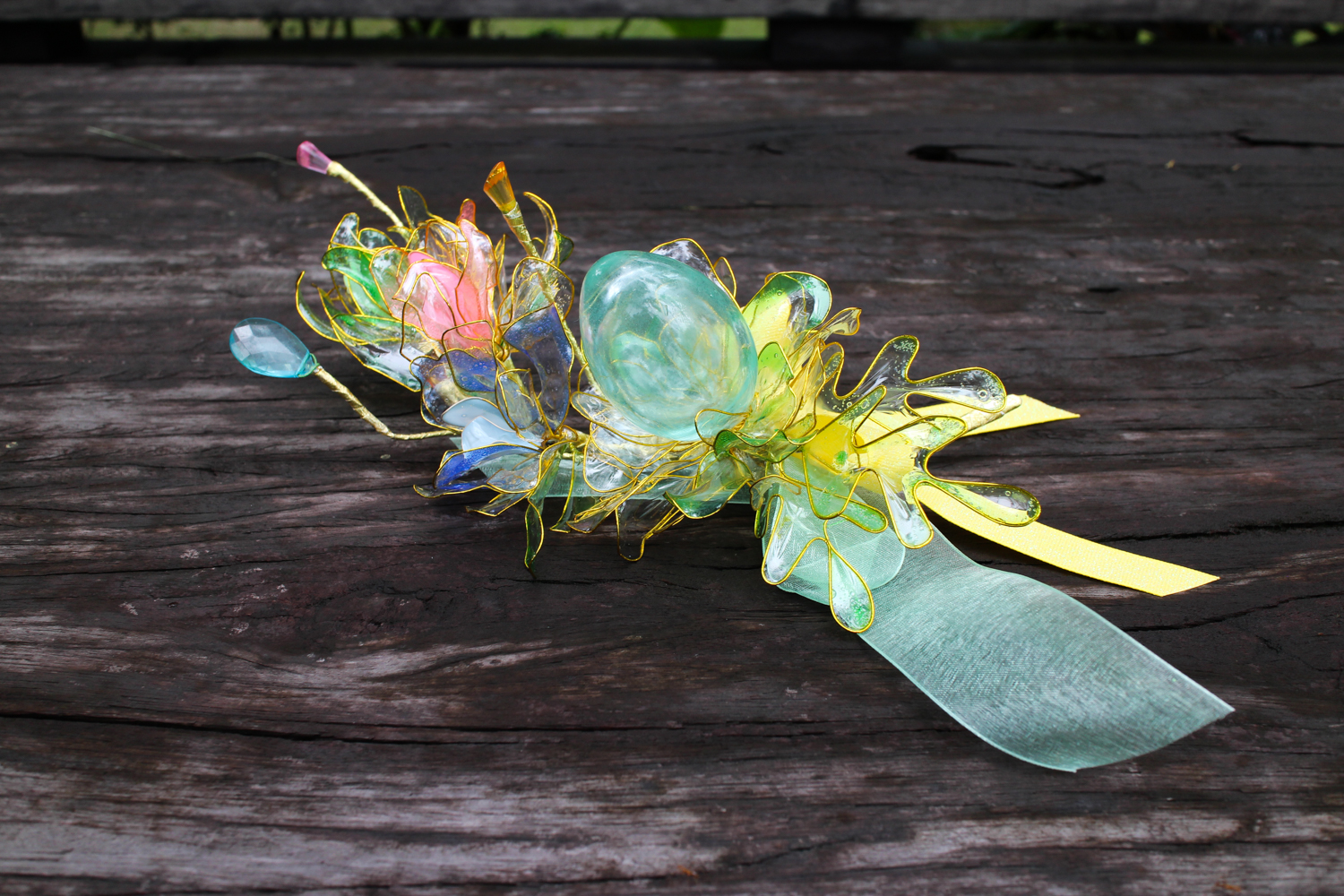
Unless you’ve lived your life under a tempurung, or a strangely large eggshell, chances are pretty high you’ll associate decorated eggs with Easter or, if you’re Malaysian, the bunga telur. But did you know that the tradition of gifting decorative eggs predates even Easter? Ancient Egyptian, Persian, Greek and even Roman civilizations have been gifting eggs for a very long time, with the earliest evidence dating a long way back, some 60,000 years ago.
Easter eggs (and the Easter bunny), on the other hand, arrived on American shores during the 1700s and went on to become the highly decorated and oft-times chocolate covered ‘egg’ hunt that we know today. The Egyptians, too, continue to gift decorative eggs during Sham el-Nessim or the festival of spring while the Persians too give out eggs as gifts during their New Year, which falls during the Spring Equinox.
The roots of gifting bunga telur during Malay weddings, however, is vague at best.
In general, bunga telur refers to favours given to all wedding guests. Family, friends and neighbours would gather in the kitchen the day before the wedding to boil up and pack hundreds of eggs to be gifted the following day. While this tradition still exists in our villages and the most traditional of homes, the use of eggs as bunga telur began to be replaced with chocolates, candy, candles and a plethora of other possibilities as time and trends went on. Furthermore, with wedding guests easily numbering in the close-to-thousands, the use of boiled or pindang eggs as favours became a logistical nightmare hosts did not want to risk.

That said, the bunga telur is still an integral part of the traditional Malay weddings particularly during the merenjis or bersanding ceremonies. Important guests and family members are invited to bless the bride and groom with rose water and bunga rampai (a potpourri of sorts) and they are, in turn, gifted a bunga telur. These blessings often take the form of children for the newlyweds, linking the bunga telur to the egg as a symbol of fertility.
Unlike Easter eggs which are often dyed or painted, the bunga telur eggs come wrapped in paper, tulle or lace decorated with ribbons and flowers (hence bunga to mean flowers) and are usually put together in an arrangement called the bunga pahar. While boiled or pindang eggs are commonly used, the more highly decorative bunga telurs and bunga pahars also make use of faux eggs to allow for sufficient time to design and create them without risking the smell of rotten eggs wafting through a beautiful event.
The use of faux eggs are also popular as they allow guests to keep and collect the bunga telurs for posterity without needing to dismantle the telur from the bunga. Let’s face it, we all have that aunt or tok with a glass display case filled with bunga telurs from weddings they have attended over the years.

Credit: facebook.com/FJNassociates
But the end of using real eggs in bunga telur is for from nigh as many a young couple are keen to revive that tradition. With some realistic expectations on their side when it comes to how elaborate the design can be and how many can be made, using real eggs in a bunga telur should present no issues. If budget is a concern, regular boiled eggs are often used instead of telur pindang.
Boiled in a mixture of herbs, the telur pindang is reminiscent of Chinese tea eggs without the marbling effect. And while you don’t normally find it in regular restaurants, it’s not reserved exclusively for weddings either. The cooking method preserves the eggs longer than your standard boiled eggs, making it pretty useful if you feel like batch-cooking a whole bunch of eggs at one go. If you’re keen to have a taste or want to include them in an upcoming wedding, give it a go and let us know how you like it!
